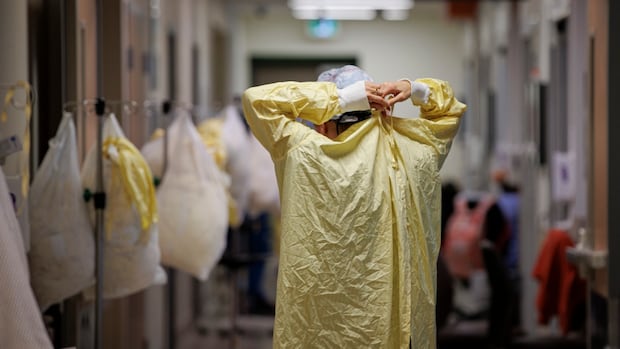The picturesque landscapes of rural Saskatchewan mask a growing healthcare crisis that threatens the wellbeing of thousands of residents. Emergency rooms in small communities across the province have been shuttering their doors with alarming frequency, leaving residents to travel hours for urgent medical care that once existed in their backyards.
Dr. Annette Epp, who has practiced medicine in Saskatchewan for over two decades, has witnessed the deterioration firsthand. “What we’re seeing isn’t just a temporary staffing issue—it’s a systematic breakdown of rural healthcare infrastructure,” she explained during an interview at her clinic in Rosthern. “When emergency departments close, even temporarily, it creates a dangerous domino effect throughout the entire healthcare system.”
The statistics paint a troubling picture. According to Saskatchewan Health Authority data, rural emergency department disruptions increased by 37% in the past year alone, with some facilities facing closures for weeks at a time. Communities like Lanigan, Davidson, and Herbert have experienced the most severe impacts, with residents sometimes traveling over 100 kilometers to reach the nearest open emergency facility.
Provincial healthcare administrators point to physician recruitment challenges as the primary cause. “We’re competing not just with other provinces but internationally for qualified emergency physicians,” said Dr. Kevin Wasko, former physician executive for integrated rural health at the Saskatchewan Health Authority. “The reality is that many new graduates prefer urban settings with more resources and lifestyle amenities.”
For rural communities, however, these explanations offer little comfort. In Kamsack, where the emergency room has faced multiple extended closures, town councillor Nancy Brunt described the community’s growing anxiety. “When someone has chest pains or a serious injury, they shouldn’t have to wonder if their local ER will even be open. This uncertainty is pushing people to leave our community permanently.“
The crisis extends beyond emergency care. Dr. Epp notes that when emergency departments close, it creates pressure on family physicians and ambulance services. “Paramedics are now routinely transporting patients much longer distances, sometimes taking them out of service for entire shifts,” she said. “Meanwhile, family doctors are trying to fill gaps by extending hours and services, but burnout is inevitable.”
Healthcare advocates are calling for comprehensive solutions rather than stopgap measures. The Saskatchewan Medical Association has proposed a Rural Medicine Action Plan that includes enhanced compensation packages, improved housing options for healthcare workers, and investment in telehealth infrastructure to support remote consultations.
The provincial government has acknowledged the challenges and recently announced a $3.5 million rural physician recruitment fund. Health Minister Everett Hindley emphasized the government’s commitment: “We recognize the vital importance of maintaining emergency services in rural communities and are implementing both short and long-term strategies to address these pressures.”
However, Dr. Epp and other rural physicians remain skeptical that financial incentives alone will solve the complex problem. “We need to fundamentally rethink how we structure rural healthcare delivery,” she insisted. “This includes training more physicians specifically for rural practice, creating supportive networks for those who choose these communities, and ensuring adequate resources for the unique challenges rural medicine presents.”
For residents of affected communities, the situation remains precarious. Farmers, who often work in high-risk environments far from major centers, feel particularly vulnerable. “When you’re 40 minutes from town on a good day, and then the local ER is closed, you’re gambling with your life every time you step onto the tractor,” said Gerald Thiessen, who farms near Rosthern.
The crisis in rural Saskatchewan mirrors similar challenges across Canada’s healthcare system, where rural and remote communities consistently struggle to maintain essential services. However, some regions have found innovative solutions worth considering. Models from northern British Columbia, where integrated healthcare teams with expanded scope for nurse practitioners have successfully maintained 24/7 emergency coverage, could offer valuable lessons.
As winter approaches, bringing treacherous road conditions that further complicate emergency transport, the urgency for meaningful solutions intensifies. The question remains: will Saskatchewan find the political will and resources to revitalize its rural healthcare system before more communities lose access to emergency care permanently, or are we witnessing the slow dissolution of rural healthcare as we’ve known it?










